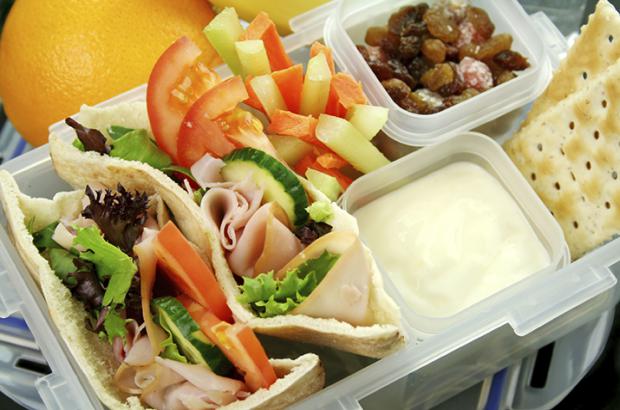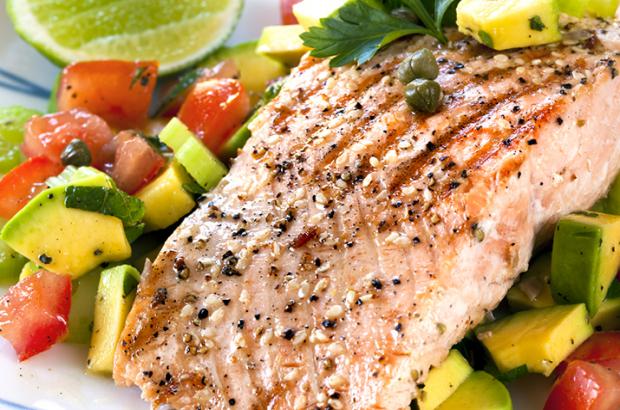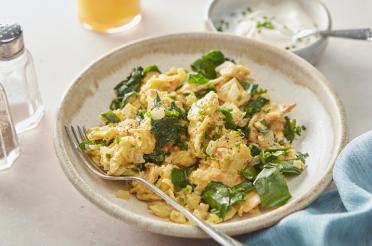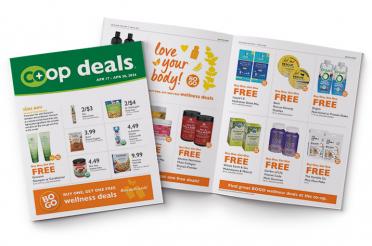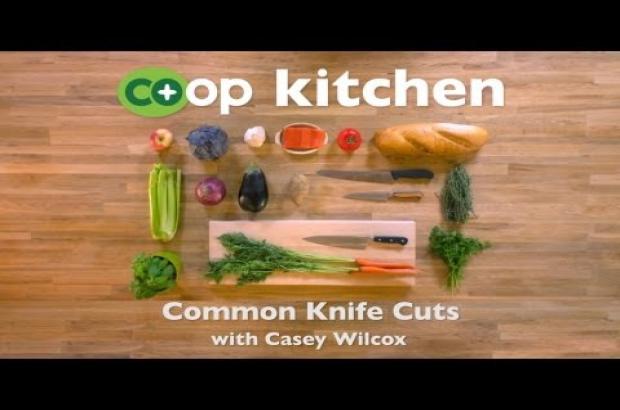Article
Healthy Kids Lunches: Packed Lunch Tips
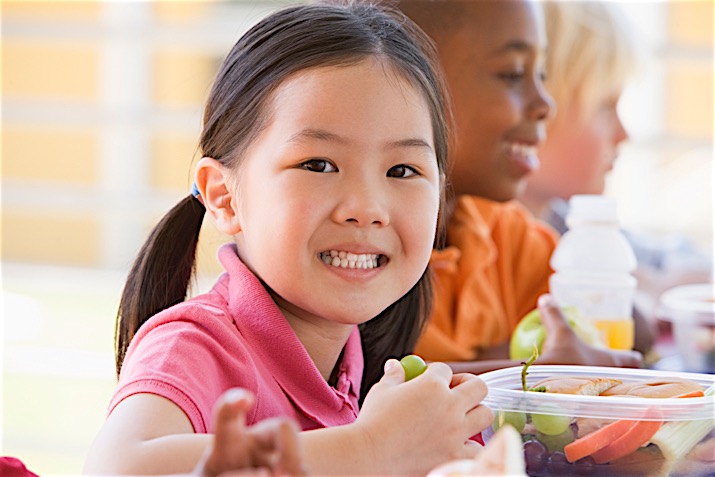
Okay parents. We all know that back to school is, although bittersweet for our children, pretty good for us. Our children are again occupied in noble pursuits, they get regular exercise, they have plenty of time with their friends and the echo of “I’m bored” vanishes from the halls of our homes. Things are always good for a few weeks—at least until a new boredom sets in. School lunch burnout.
For those who regularly pack school lunches for an elementary school-aged child, you may have run into a few common points of friction. Namely, boredom with content, arguments over what did and did not get eaten that day, and issues revolving around trading for junk food. Let’s look over the issues, one at a time.
Battling boredom
I had always planned on being the mom who would break out the cookie cutters to make lunchtime sandwiches special, or who would creatively market sacks of carrot coins or a stand-up broccoli forest to my child. But the reality is, that takes time. Our family tries to put emphasis on dinner and having (mostly) home-cooked meals we can eat together at night, so with already limited time in the evenings, packing elaborate bag lunches, by and large, has fallen by the wayside.
Working under time constraints might take some of the creativity out of presentation, but it doesn't have to mean a boring or unbalanced lunch. We adopted a baseline of this equation: 1 + 1 + 1 = 1. One fruit or vegetable (i.e. carrots, banana, cucumber, apple), one protein (turkey, peanut butter, ham, cheese), and one carbohydrate (bagel, crackers, English muffin, tortillas) = one lunch. This divides lunch-building into predictable units, which makes it easy for my son to participate by choosing different, changing components. This simple structure effectively reduces a lot of the negotiating and whining that can otherwise accompany shopping for lunch items. One of the best side effects of this lunch style is that it teaches my son about nutrition—which types of food have what nutritional value. Now my son knows that peanut butter is a protein, not a vegetable. He knows that a banana is not a significant source of complex carbohydrates but that a whole wheat bagel is.
Emphasize efficiency
There was a time, I am sure, when all kids would sit down to lunch at school with enthusiasm and dig in, focused on the task of chewing their food and getting refueled for an afternoon of learning. I believe that time was somewhere around the year 19-oh…never?
The truth is that lunch is, and has always been, an important social time for kids. This is when jokes get told, bragging gets done and where today’s hilarious sight gags are tomorrow’s doctor’s visits (raisins in the nose, anyone?). This is also when your child is supposed to focus and eat their whole lunch.
Remembering to keep portions small and the eating process efficient (think bite-size finger foods) helps ensure that more food gets eaten. This is the way toddlers eat, but I find it works great at any age (I love a “snack lunch” at the office myself). It doesn't have to look extremely coordinated to be a good lunch—a handful of nuts, a bag of snap peas, some cheese cubes, grapes, whole wheat bagel half, all these things are easy to eat, and more important, can be safely eaten while paying attention to at least three other things at once.
Help them hedge their bets
Even though it isn't officially allowed at his school, my son reports that kids still manage a lot of lunch trading. This means that packaged foods designed for kids’ lunchboxes in the form of fruit snacks, energy bars, and single servings of cookies, chips and cheese puffs become a hot commodity. For a kid who brings a healthy lunch every day, those things help them build an argument that you (parent) are the meanest, most boring person alive. They may present you with the reusable baggie used for whole wheat crackers as evidence.
For my part, it is disappointing to think that the money and time spent on the planning and purchasing of healthy food could get traded for less healthy food, on a whim. Though I suspect my son’s whole wheat bagel or almonds rank low in lunch table trading values.
But to alleviate the feeling that my child is going to be scarred by his health-fanatic mom who never allowed him to have fun foods, we've added “mystery” items to the lunchbox—something fun that doesn't obviously fall into the main food groups: fruit leather, organic chocolate milk, natural nutrition/energy bars, a single serving of chips. My hope is that he’ll covet these treats enough that they don’t end up in trading action. We shop for these mystery items, along with the rest of his lunch, at our local food co-op. This makes it easier to minimize the stuff I really don’t want him to eat: high-fructose corn syrup, hydrogenated fats, artificial chemical sweeteners and dyes. An occasional treat is a compromise on my part, but my hope is that it keeps him eating our home lunches, which are healthier than the alternative overall, for years to come.
Although the process is ongoing (there are no constants in child-rearing), and I make new discoveries to address new needs along the way, following these few simple concepts has made my son’s school lunches pretty healthy, simple and relatively friction-free. At least for now.

